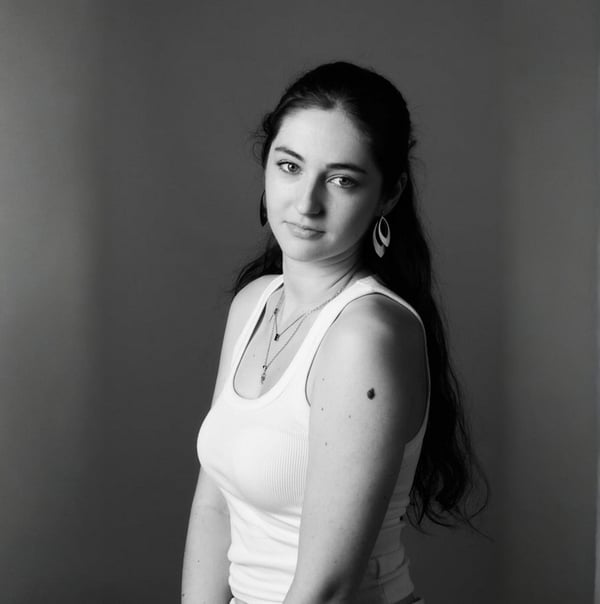How AI Transforms the Modern Design Process
Table of Contents
From graphic design to fashion to product development, the AI design process is reshaping how ideas move from concept to execution. Designers no longer need to start from scratch or spend endless hours refining details, AI tools now act as collaborators, automating repetitive tasks and providing new sources of inspiration.
In this article, we’ll explore what the AI design process looks like, how it enhances creative workflows and why it’s becoming essential for modern designers.
What Is the AI Design Process?
The AI design process is the integration of artificial intelligence tools into the traditional design workflow. It uses algorithms, machine learning models and automation to support or accelerate tasks such as:
Generating initial design concepts.
Automating repetitive edits or adjustments.
Enhancing digital illustrations with AI filters.
Recoloring or reformatting assets at scale.
Simulating realistic prototypes and mockups.
Instead of replacing designers, AI functions as a creative assistant, making processes faster, more efficient and often more imaginative.
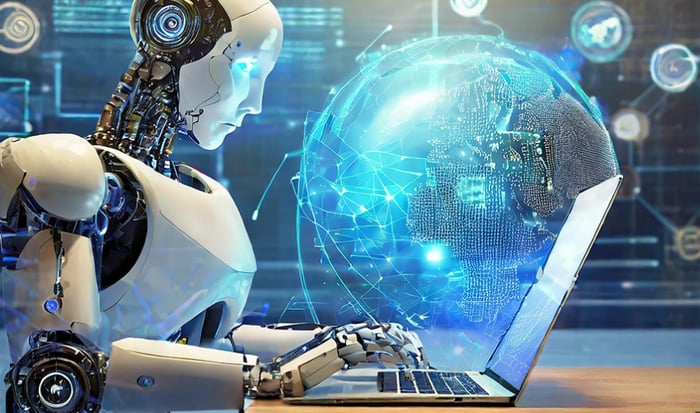
Why AI Matters in Creative Workflows
Traditional design workflows are often time-consuming and involve multiple rounds of manual revisions. By introducing AI in creative workflows, designers gain several advantages:
Speed: AI generates concepts, layouts or variations in minutes instead of hours.
Scalability: Large batches of images or assets can be adjusted at once.
Cost Reduction: Less need for repeated prototypes or manual editing.
Enhanced Creativity: AI suggests unexpected combinations and styles that spark new ideas.
The role of the designer shifts from doing every step manually to guiding the creative direction while AI handles the heavy lifting.
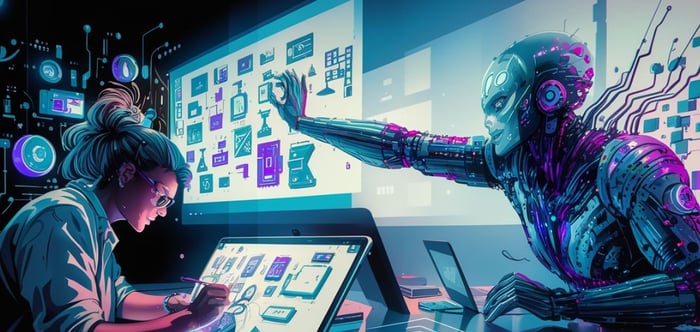
Stages of the AI Design Process
The AI design process is not a single action but a sequence of interconnected stages that take a creative idea from concept to finished product. Each stage combines human creativity with machine intelligence to streamline workflows, improve accuracy and enhance results. Let’s break down each step in detail.
1. Concept Generation
This is the spark of the design process, the stage where ideas first take shape. Traditionally, designers sketched concepts by hand or brainstormed through mood boards. With AI, concept generation becomes faster and more dynamic.
How it works: AI image generators such as DALL·E, MidJourney and Stable Diffusion can create multiple visual concepts from a simple text prompt or a rough hand-drawn sketch. Designers can request “a minimalist logo in blue and white” or “a summer dress in silk fabric” and instantly receive several unique interpretations.
Why it matters: Instead of starting from a blank canvas, designers begin with a gallery of possibilities, which reduces creative blocks and accelerates brainstorming.
Example: A fashion designer can input “evening gown with sustainable fabrics” and receive 10–20 AI design ideas in seconds. These become the foundation for further refinement.
2. Digital Refinement
Once initial ideas are generated, the next step is to polish and adjust them.
How it works: AI-driven editing platforms like Adobe Photoshop’s AI tools, Figma plugins, or Canva’s Magic Design allow designers to fine-tune proportions, enhance color palettes, adjust lighting, or remove imperfections.
Why it matters: This stage ensures that the raw output from AI aligns with the designer’s creative vision and professional standards. It also saves hours of manual retouching.
Example: A logo concept generated by MidJourney might need its typography cleaned up. With AI refinement, designers can fix inconsistent edges, recolor the icon, and make it presentation-ready within minutes.
3. Iteration and Variation
Design is rarely perfect in the first attempt. Traditionally, creating multiple versions of a design required duplicating work manually. AI removes that friction through automated variation generation.
How it works: Designers can feed an initial concept back into AI tools and request modifications—different color palettes, alternative textures, or slight layout changes. In fashion, this means one sketch can instantly be reimagined in multiple fabrics or seasonal palettes.
Why it matters: Iteration is critical for client presentations, product testing, or marketing campaigns. AI enables rapid experimentation without exhausting creative resources.
Example: An e-commerce brand designing sneakers can generate a single 3D model and ask AI to show it in 20 different colors. What once required dozens of manual renders now happens in minutes.
4. Prototyping and Mockups
This is the bridge between design and reality. Before investing in physical production, designers can use AI-powered tools to create realistic mockups and prototypes.
How it works: Platforms like Clo3D or Modelia simulate how designs look and behave in real-world environments. AI models clothing drape, lighting, and textures with photorealistic accuracy.
Why it matters: Brands save costs by reducing the number of physical samples they need to produce. It also accelerates go-to-market strategies since prototypes can be evaluated virtually by stakeholders or customers.
Example: A fashion label can preview how a new collection will look in different fabrics and sizes without cutting a single piece of cloth, reducing waste and speeding up approval cycles.
5. Final Output and Automation
Once the design is ready, the last stage ensures it can be delivered at scale and across multiple platforms.
How it works: AI automatically resizes, formats, and optimizes design files depending on their final use. For example, one product image can be automatically adjusted for social media posts, e-commerce platforms, print ads, and digital campaigns.
Why it matters: This eliminates repetitive manual work and ensures consistency across brand assets. It also helps maintain a faster production cycle.
Example: A fashion brand launching a new handbag design can instantly create high-resolution mockups for the website, optimized thumbnails for online stores, and campaign-ready visuals for Instagram and TikTok, all generated from the same AI-driven workflow.
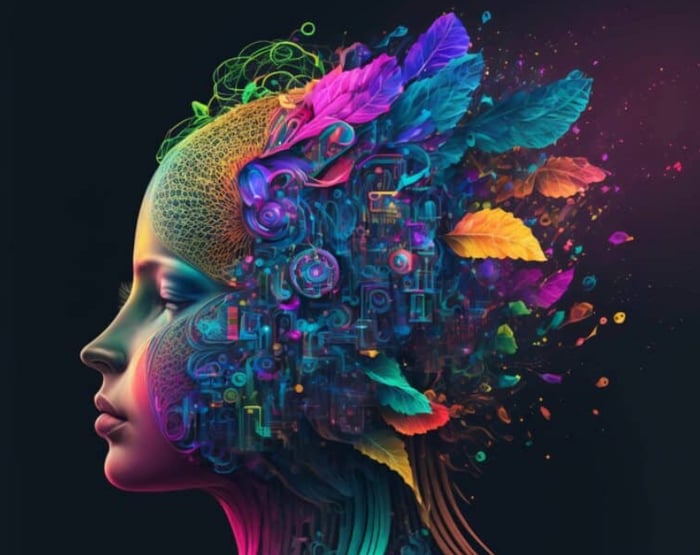
Examples of AI in Creative Fields
The AI design process is not limited to one industry. Here are a few examples:
Graphic Design: AI assists with layout generation, logo creation, and typography suggestions.
Fashion: Tools like Modelia turn sketches into realistic product images, reducing the need for costly photoshoots.
Product Design: AI helps simulate materials and structural performance before production.
Marketing: Automated banner resizing, background replacement, and ad personalization are powered by design automation.
Across industries, AI is moving from being an optional tool to a necessary part of modern creative workflows.
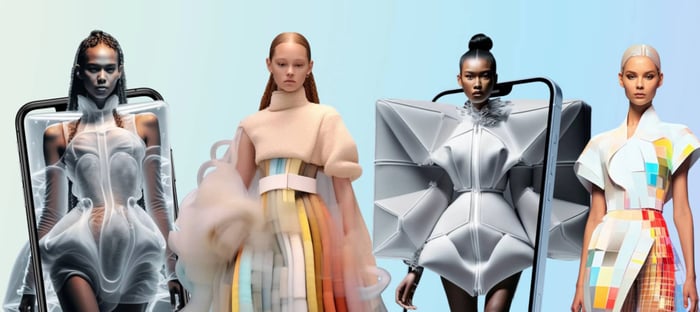
Benefits of Digital Design with AI
Using digital design with AI creates tangible benefits for both individuals and businesses:
Efficiency: Workflows that once took weeks now happen in days.
Consistency: Automated design ensures brand identity stays intact across platforms.
Accessibility: Even non-designers can use AI to create professional-looking outputs.
Sustainability: Reduces waste by minimizing unnecessary prototypes or samples.
This blend of creativity and technology makes design more democratic and impactful.
Design Automation: The Future of Creativity
One of the most powerful outcomes of AI in design is design automation. Instead of spending hours adjusting layouts or duplicating color palettes, designers can automate these repetitive tasks.
Examples of design automation include:
Automatically generating multiple ad formats for different platforms.
Creating 3D product renderings directly from sketches.
Recoloring entire fashion catalogs with AI-powered tools.
Scaling designs for different markets or audiences.
Automation frees up creative professionals to focus on strategy, storytelling, and innovation rather than production bottlenecks.
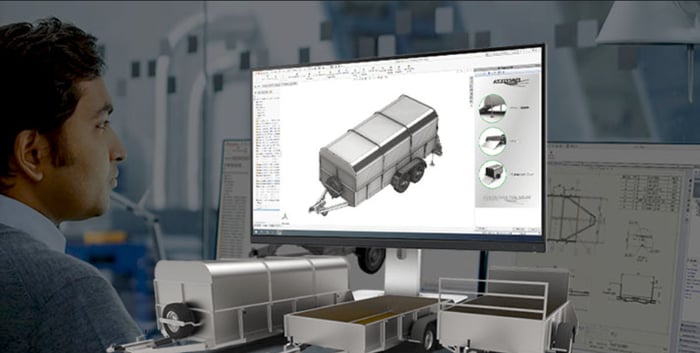
How Modelia Uses AI in the Design Process
At Modelia, AI is at the heart of what we do. Our tools support the AI design process by helping fashion brands and retailers:
Transform Sketches to Photos: Designers can instantly visualize clothing designs in realistic imagery.
Recolor Clothing Digitally: Entire product lines can be recolored online without reshooting.
Create Photo-Ready Mockups: Generate realistic product visuals for e-commerce without physical samples.
By integrating AI into the workflow, Modelia enables brands to save time, reduce costs, and launch products faster.
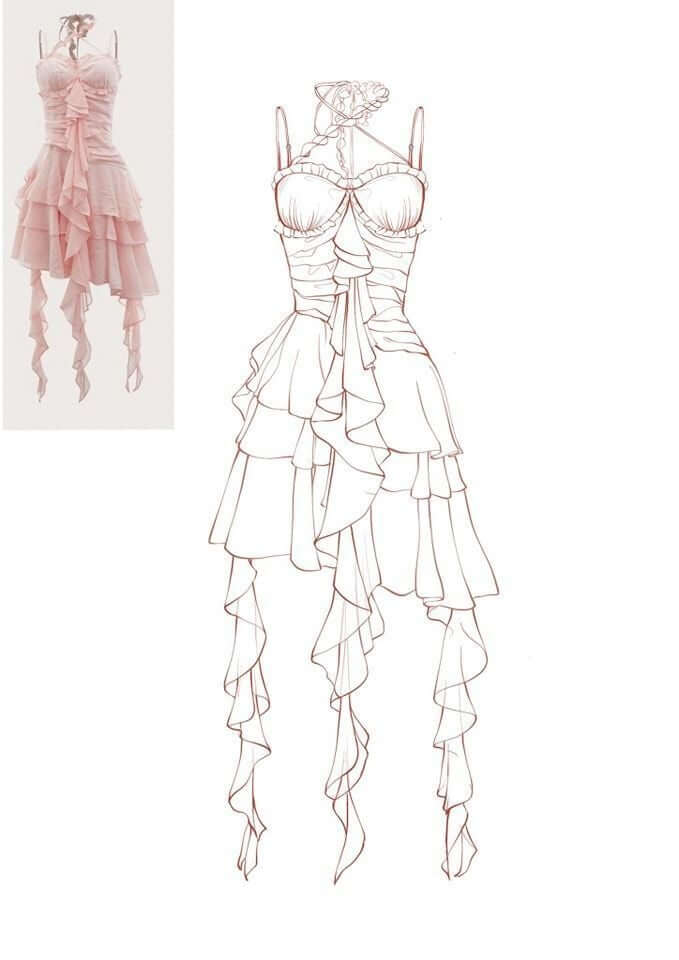
Summary Table: Traditional vs AI Design Process
Step | Traditional Workflow | AI Design Process |
|---|---|---|
Concept | Hand-drawn sketches | AI-generated options from prompts |
Refinement | Manual edits | AI-assisted corrections and enhancements |
Iteration | Multiple prototypes | Automated variations and scaling |
Mockups | Physical samples | AI-driven 3D or photo mockups |
Output | Manual resizing and formatting | Automated optimization for platforms |
Conclusion
The AI design process is transforming creative industries by blending automation, inspiration, and efficiency. From concept generation to final mockups, AI empowers designers to focus more on creativity and less on repetitive work.
By embracing AI in creative workflows, brands and designers unlock faster production, reduced costs, and more sustainable practices. Whether you’re working on graphic design, product innovation, or fashion collections, integrating digital design with AI is no longer optional, it’s the future of design.
As technology advances, design automation will continue to expand, making creativity more accessible and powerful than ever. Now is the perfect time to explore how AI can enhance your design process and give you a competitive edge.
FAQ: AI Design Process
What is the AI design process?
The AI design process refers to the use of artificial intelligence to support or automate stages of creative design. It includes tasks like idea generation, prototyping, pattern recognition, and optimization.
How does AI improve the design process?
AI speeds up workflows, reduces repetitive tasks, and provides data-driven insights. Designers can explore multiple variations quickly, predict user preferences, and optimize designs for functionality and aesthetics.
Can AI replace human designers in the creative process?
No, AI is a tool that enhances creativity but does not replace human imagination and intuition. It provides suggestions and automation, while humans remain responsible for vision, storytelling, and final decisions.
Which industries use the AI design process?
Industries like fashion, architecture, graphic design, product design, and marketing use AI in their design processes to save time, reduce costs, and create innovative solutions.
How would you rate this article:
Related Articles
- Shopify vs Etsy: A Complete Comparison for Sellers
- AI-Powered Video Creation: How Artificial Intelligence is Revolutionizing Video Production
- Virtual Fitting Rooms: How Technology is Revolutionizing Online Shopping and Fashion
- Capsule Wardrobe Essentials for Every Season
- How to Flip an Image in Seconds
- How to Design a Fashion Logo That Stands Out
- Ultimate Guide to Styling Streetwear for Women: From Casual to Chic
- AI Recolor Image Tools to Instantly Change Photo Colors
- Virtual Try-On Revolution: Experience Fashion, Makeup & More
- Virtual Try-On Technology in Fashion: The Future of Online Shopping
